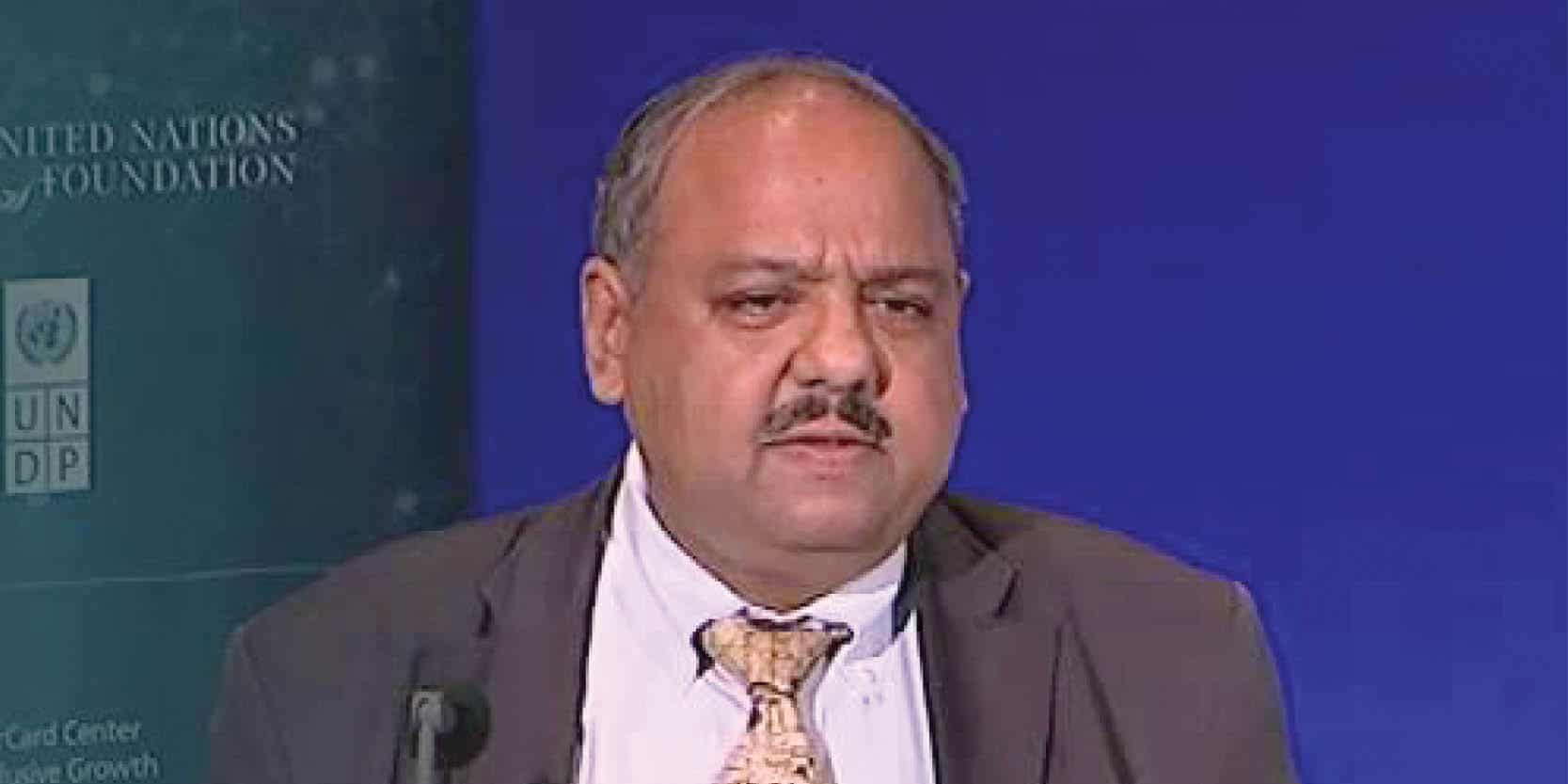Big breakthroughs are coming in data management and processing, making it more accessible. This is also leading to packaging with new kinds of systems to gain actionable insights from development. AI/ML has a major role to play.
World Bank has new mechanisms for geospatial AI. We are trying spatial chatbots to see how we can make these systems easily accessible to everyone, including the poorest around the world.
It’s now no longer just about poverty, but also about alleviating poverty and make the planet livable, by dealing with issues of pollution, biodiversity, climate mitigation, adaptation, and a whole range of these global issues.
Data for All
National Geospatial Agencies should focus on making open data systems easily accessible.
The role of the government is to contribute to public data infrastructure in a consistent and interoperable manner, so that the data can be used for making models based on Earth observation data to get better insights, accurate forecast, and development of early warning systems or digital Monitoring Reporting and Evaluation (MRE) systems.
The cloud era has transformed data access as well as analytics. Today, transitioning from data sets to data services has been a new revolution. Earlier, modeling used to be done with the help of computers that only a handful of people could operate, but now with Cloud, we can leverage the power of data through faster cloud analytics.
This is where governments can play a really big role to both encourage entrepreneurial ecosystem.
There’s also a need to focus on inequality and ensure that applications are made for all, because a lot of the services get leveraged by people who can afford it, and a lot of applications get developed for the richer sections of society.
“Today, GIS entrepreneurs anywhere can dream of starting up a global analytics or insights organization because they have the power of the world’s data and analytics at their fingertips.”
Interactive Visualization
New ways of data visualization, which is mainly interactive data visualization, new kinds of e-packaging, dashboards, interactive charts, maps, graphs, schematic in different ways are the core of the transformation that’s starting to happen to help people interact.
A lot of the data visualization has now spilled over into a lot of the aspects of AR/VR, especially in the metaverse, to visualize data and interact with them in new ways.
Today Digital Twin concepts are applied mainly for really big projects, but there should be a Digital Twin of even a small community-driven development project.
We are trying to see if we can help make this a standard approach to make Digital Twins basically of every investment that we make so that it can be used not only for planning, but also to monitor, share, and access information.
Disclaimer: Views Expressed are Author's Own. Geospatial World May or May Not Endorse it








